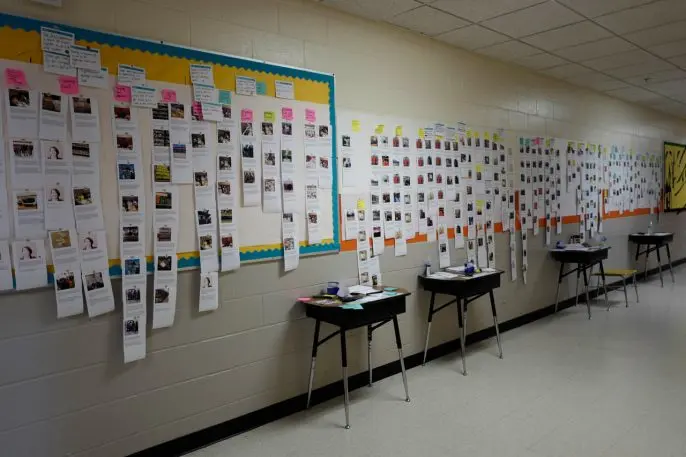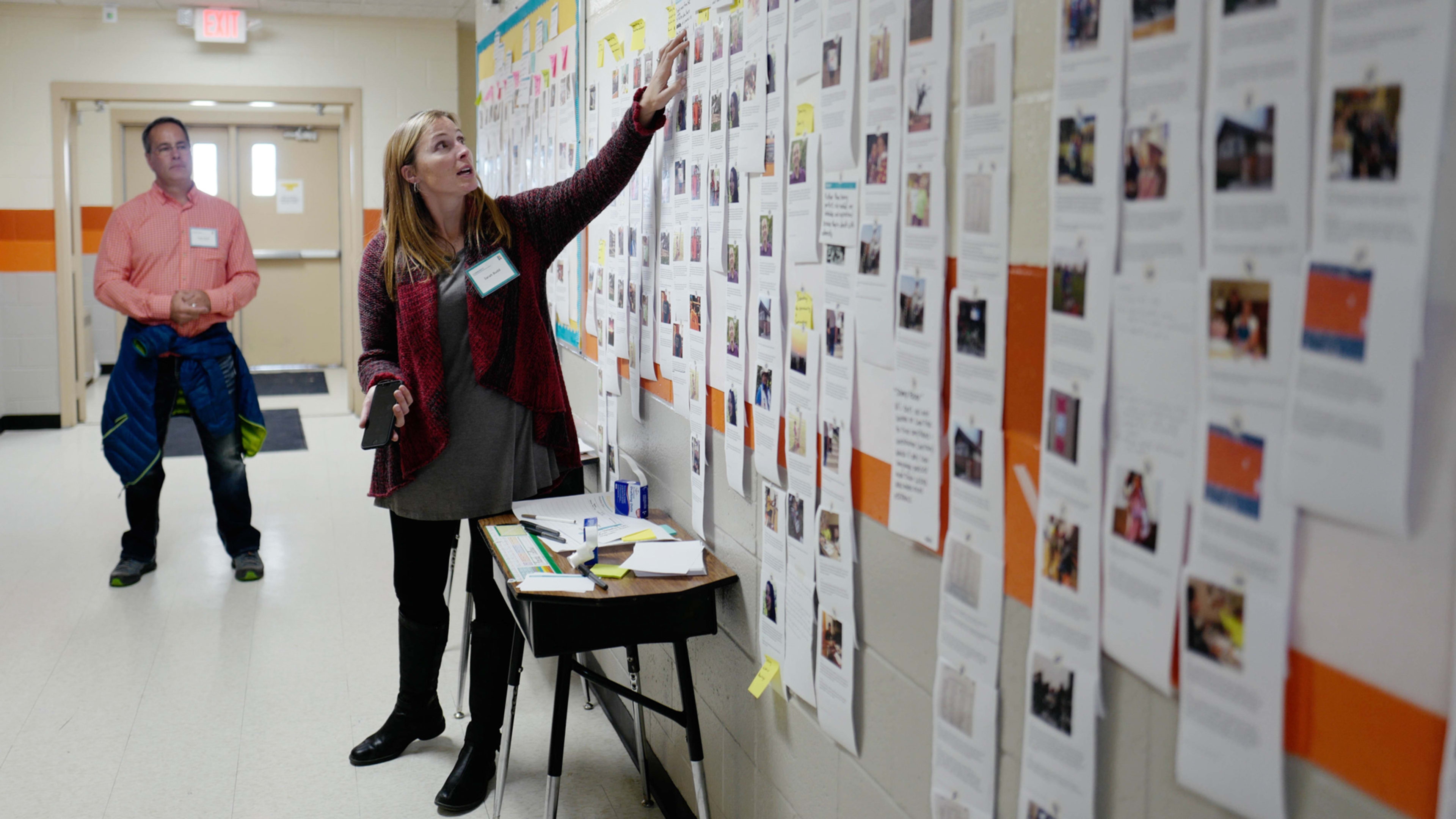In the heart of the Crow Reservation in southeastern Montana, the 450-person town of Valley of the Chiefs has faced mounting difficulties over the past several decades. In the last two generations, the Crow Nation has lost 80% of its population and 73% of its land. Economic dispossession has rattled Valley of the Chiefs, as members of the community have turned to substance abuse and violence. For youth, who make up around 43% of the population, the town is especially harsh.
Valley of the Chiefs is one of six communities selected this year to participate in Raising Places, a new initiative developed by the Chicago-based design firm Greater Good Studio and funded by the Robert Wood Johnson Foundation to initiate ground-up local projects that will support a healthier environment for children–and by extension, everyone around them. “The research has shown for a long time that where you grow up matters,” says Sara Aye, executive director of the Greater Good Studio. “It matters for your health, it matters for your broader success in life. We can’t create a culture of health in America if we don’t have healthy places for kids to live and grow.”

“It was really important to us to develop a diverse and engaged design team in each of the communities,” Aye says. And by “design team,” she adds, she means a cohort of local leaders–artists, organizers, planning department experts, school and youth group administrators, and youth themselves. “They’re not designers, but we’re training them to think as designers,” Aye says. With the help of the Raising Places program staff, these teams will be the ones who will come up with, test, and ultimately carry through the projects.
In selecting the participating communities, Raising Places was looking not only for geographic distribution and the inclusion of a Native community, but also for a very specific scope. A whole city like Chicago, Aye says, would be too large to actually test out and implement a project. And on the other end, a single housing development would be too small to encompass the kind of diverse design team Raising Places was looking to work with. Many of the communities, like SoMa in San Francisco, Downstreet in Hudson, New York, and Wilmington in Los Angeles, are neighborhoods in larger towns or cities. The Plymouth Ave Corridor, another Raising Places community, slices through North Minneapolis, and Valley of the Chiefs and North Wilkesboro, North Carolina are both towns small enough to qualify.

In Valley of the Chiefs, one of the ideas the team is working with is the concept of a culinary school, Aye says. “In their research, they really saw a focus on food, and the traditions around eating communally and Native food,” she adds. “There’s also a dire need for healthy food and jobs for young people–jobs that can lead to careers.” While the culinary school could act as an avenue to employment, the team is also looking into addressing that need through an idea to build out, from scratch, a real main street in the town, where local entrepreneurs could open businesses to sell goods. The main street, the team imagines, could also be supplemented by an online platform to expand their sales market, and the business owners could act as mentors to the town’s young people, who could also work at the businesses.
Across the country in the Downstreet neighborhood of Hudson, New York, the design team there is focusing on addressing a very different set of concerns. “One of the ideas there is around police and community interaction, particularly how police and youth interact,” Aye says. Hudson is a heavily policed town, and one that’s often plagued by violence; children and young people there, Aye says, often express a sense of trauma around dealing with police. “One of the insights they had is that police are often working to fix symptoms, but they don’t deal with root causes,” Aye says. Out of that observation came an idea for a civilian review board that would include youth, and focus on helping the police force become more self-aware and sensitive to the effect they have on young people.
The Raising Places team is traveling among all of the communities this fall as they cycle through the idea generation phase; so far, Valley of the Chiefs and Hudson are furthest along in the process. Aye and her colleagues will continue to provide support to the local design teams as they finalize their ideas, and begin implementing them as pilot projects in the spring.
RWJF is the U.S.’s largest health-focused foundation, and its primary work is around funding health research and interventions. “Using human-centered design, running social labs in a community-based context, is a bit of a new approach for them, as it is for the world of philanthropy,” Aye says. RWJF’s initial grants were intended as “startup capital” to kick-start the design process; Greater Good Studio, through the Raising Places program, is anticipating helping the local design teams pull in more funding to see their projects through–and perhaps scale them up beyond the initial community boundaries.
Recognize your brand’s excellence by applying to this year’s Brands That Matter Awards before the early-rate deadline, May 3.
